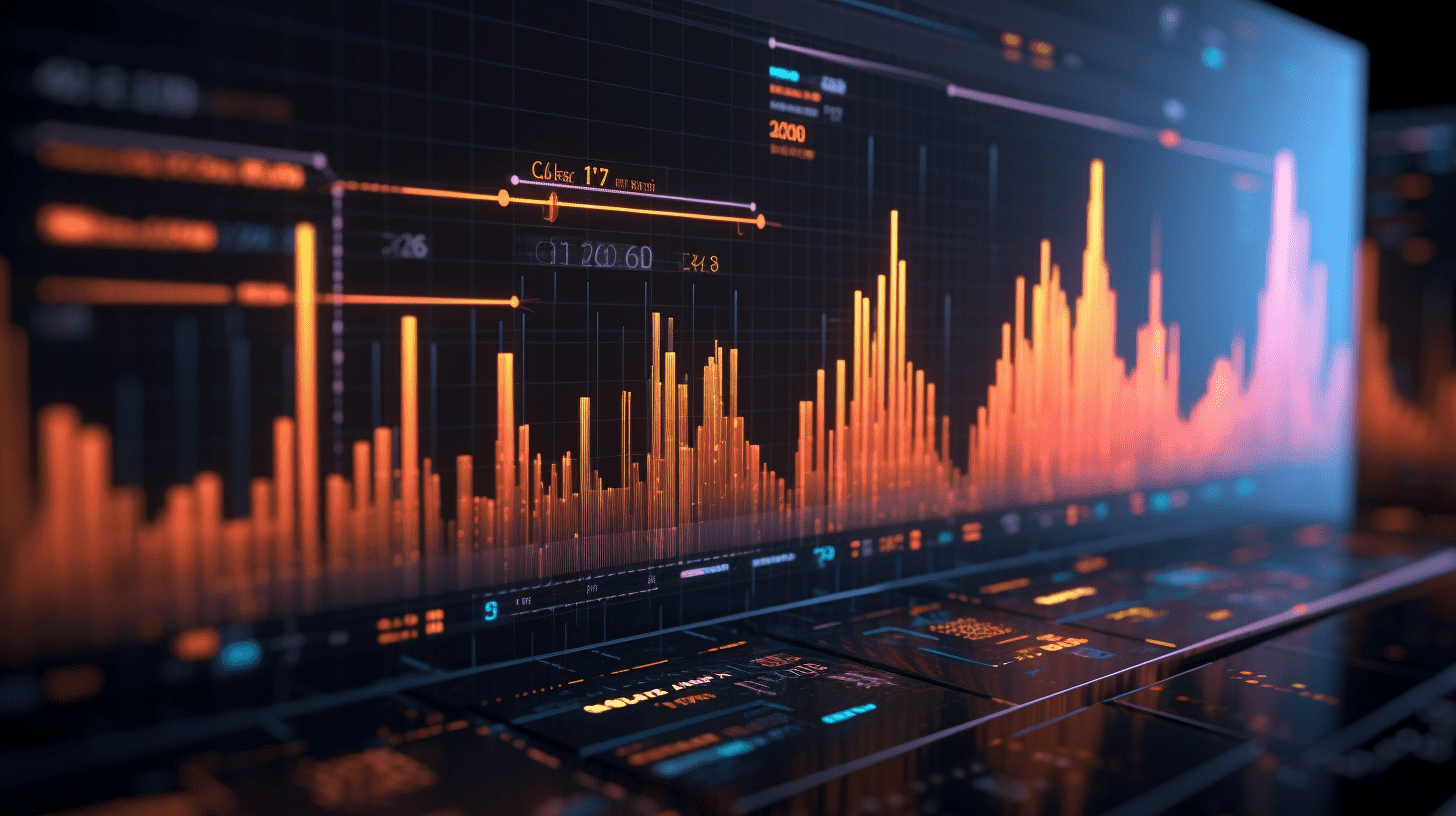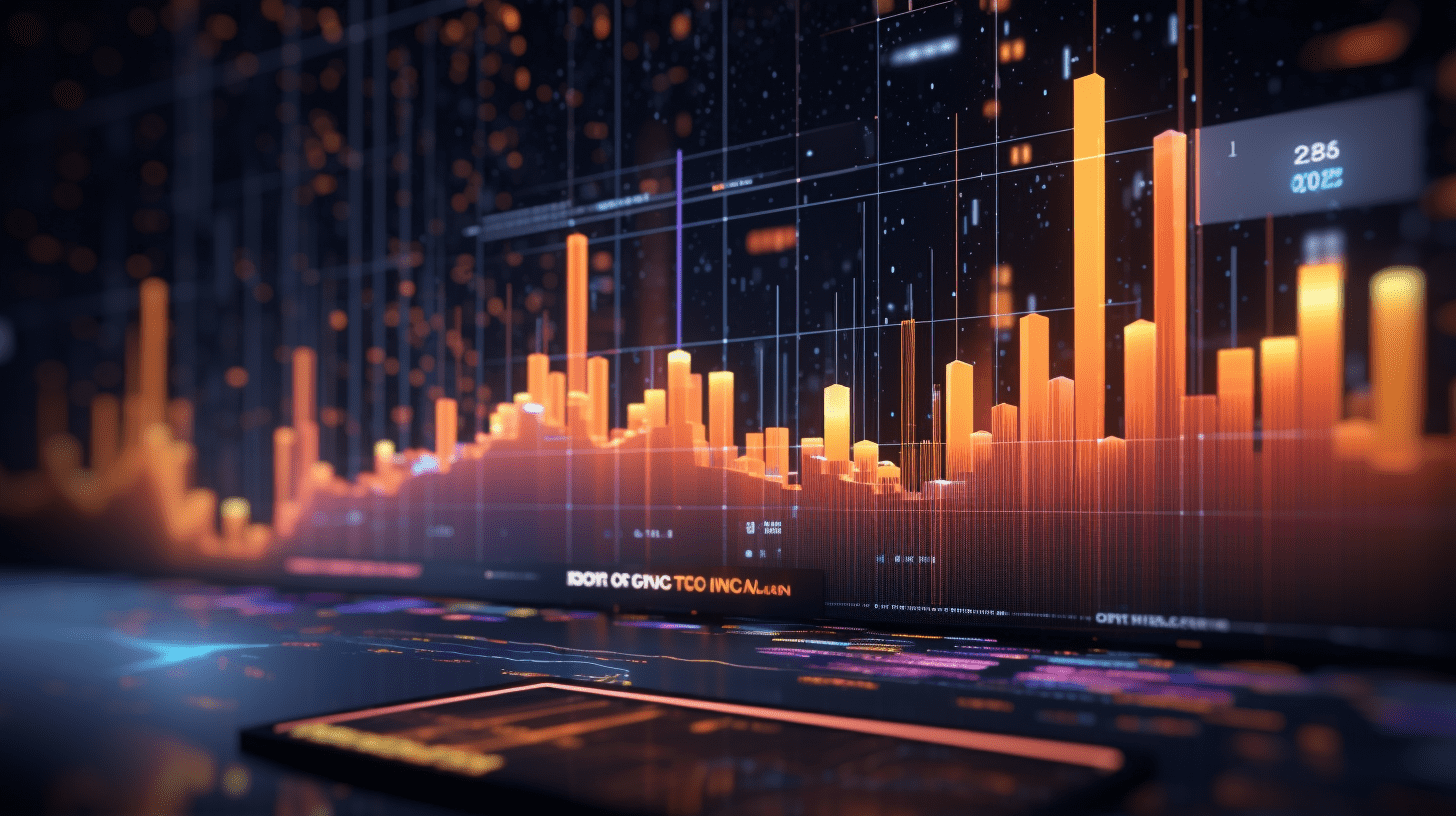Why did coffee prices in the United States rise by 20.9%? Drought, tariffs, and supply shortages are the main reasons.
In August, the price of coffee in the United States increased by 20.9% year-on-year, with significant increases observed in both roasted coffee and instant coffee categories.
In 2025, global coffee futures prices continued to rise, with Arabica and Robusta coffee both expected to hit multi-year highs. The US market also experienced significant impacts, with retail coffee prices in grocery stores skyrocketing. According to data from the US Bureau of Labor Statistics, coffee prices in the US rose by 20.9% year-on-year in August, with significant increases in both roasted coffee and instant coffee categories. This round of price increases was mainly driven by multiple factors: ongoing drought in Brazil led to crop reductions, poor coffee growth in Vietnam exacerbated global supply shortages, and strong market demand and currency fluctuations further pushed costs up.
Furthermore, the weather uncertainty facing the Brazilian coffee harvest in 2025-26 also had profound impacts on coffee commodity trading. The imposition of new tariffs on Brazilian coffee by the US also led to a steep increase in import costs and high supply chain transfer costs. As the largest coffee supplier to the US, Brazil has observed a decrease in new contracts with US buyers and is seeking alternative markets, but low-cost purchasing options are extremely limited.
Industry media "Daily Coffee News" pointed out that since the tariffs on Brazilian coffee during the Trump administration took effect, coffee buyers have had to either absorb costs themselves, pass them onto consumers, or face difficulties in purchasing from other regions such as Colombia, Peru, Mexico, and other producing areas.
SJM.US stated in its financial report conference call that, in order to alleviate the pressure of rising raw coffee costs, the company has adjusted its procurement strategy, optimized its supply chain, and implemented responsible pricing measures. The company raised consumer prices twice in May and August.
The company emphasized that, due to the rise in raw coffee costs and the transmission effect of coffee category prices, post-price increase demand and price elasticity were in line with expectations in May, verifying the competitiveness of its product portfolio and the resilience of the household coffee category.
Looking ahead, KPMG's Chief Economist Diana Swan warns that as the full impact of the 50% tariff on Brazilian coffee gradually manifests in the retail sector, coffee prices may easily surpass historical highs.
Although coffee-related companies typically hedge against cost fluctuations, the increased market volatility and heightened uncertainty may still impact them. TD Cowen analysis suggests that without tariff policy adjustments, food and beverage companies such as Starbucks Corporation, Dutch Bros, and First Watch Restaurant may face downward pressure on adjusted EBITDA.
Other companies that may be affected by coffee price pressures include Coffee Holding, Dunkin' Brands, SJM.US, Starbucks Corporation, McDonald's Corporation, Costa Coffee, Tim Hortons, Luckin Coffee, Inc. Sponsored ADR Class A, Nestle, Keurig Dr Pepper, Kraft Heinz Company, and Krispy Kreme.
Related Articles

Japanese exports have fallen for four consecutive months, with trade with the United States experiencing the largest drop in four years.

The focus shifts to the job market overtaking inflation! The Fed's rate cut decision marks a major policy shift.

Fund manager warning: Don't just focus on the rise! The "tariff crisis" in Asian stock markets has been underestimated.
Japanese exports have fallen for four consecutive months, with trade with the United States experiencing the largest drop in four years.

The focus shifts to the job market overtaking inflation! The Fed's rate cut decision marks a major policy shift.

Fund manager warning: Don't just focus on the rise! The "tariff crisis" in Asian stock markets has been underestimated.






